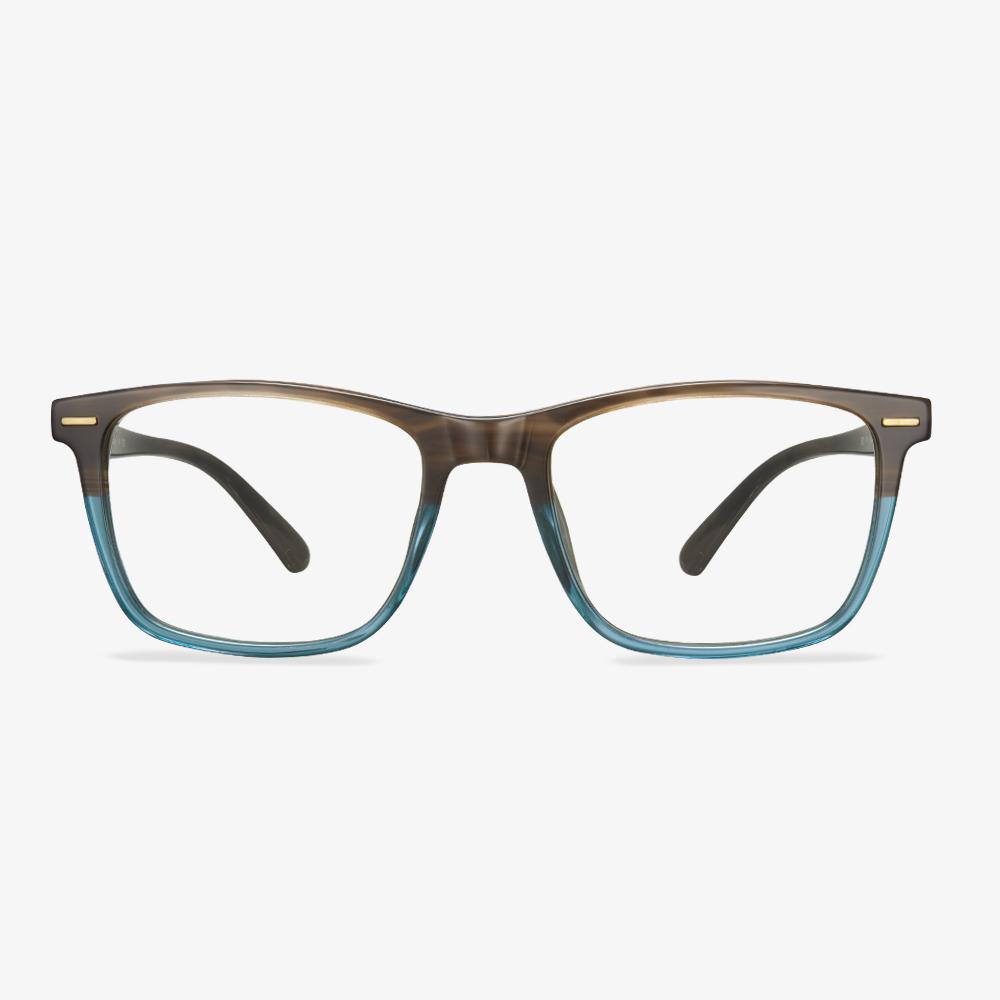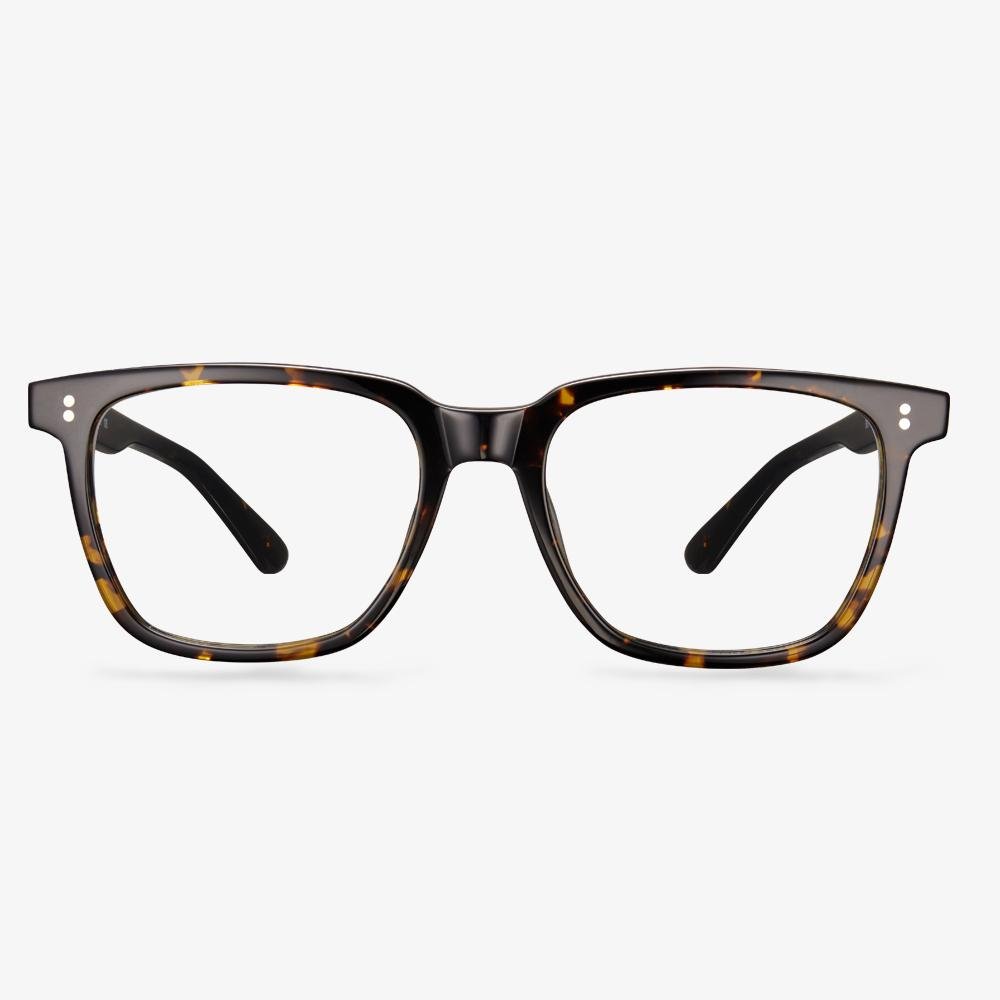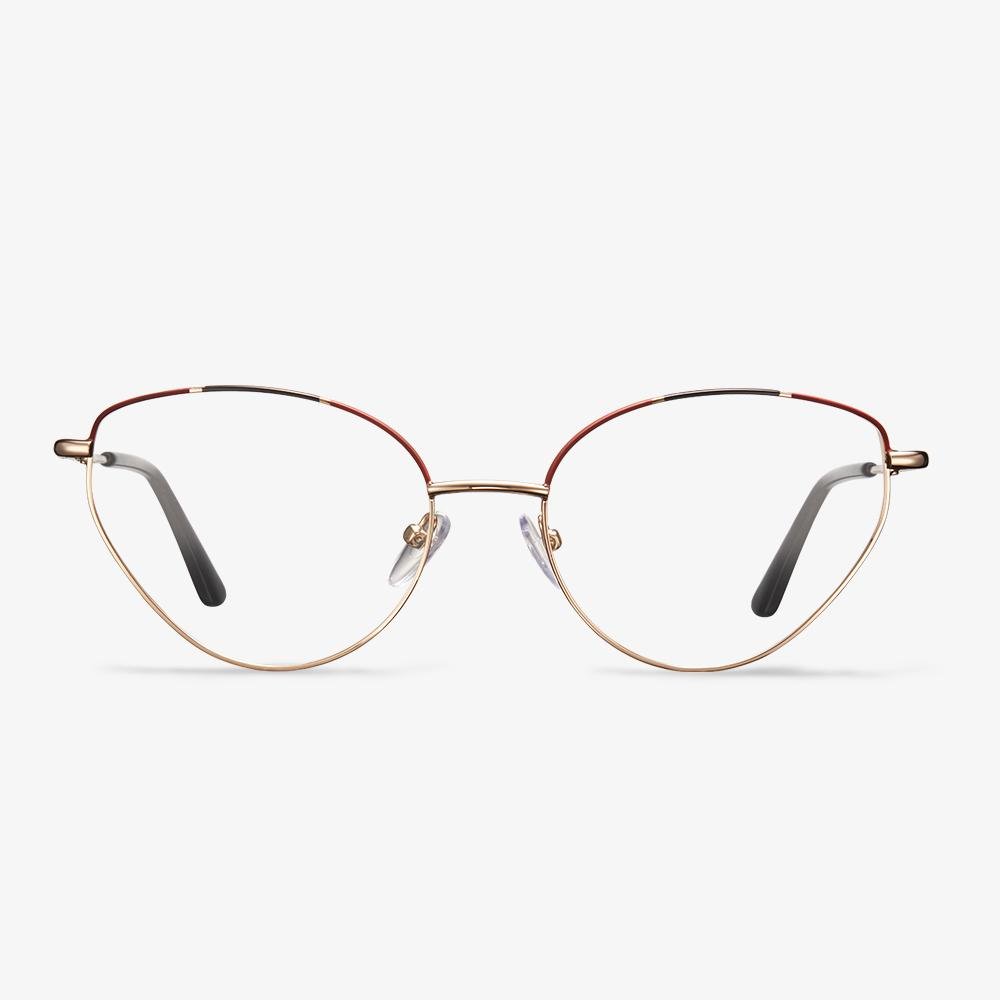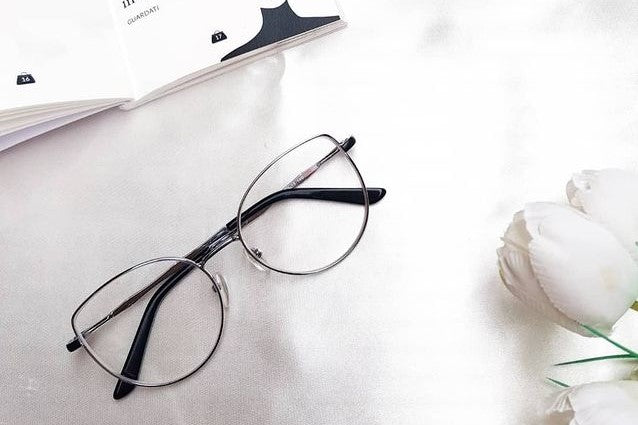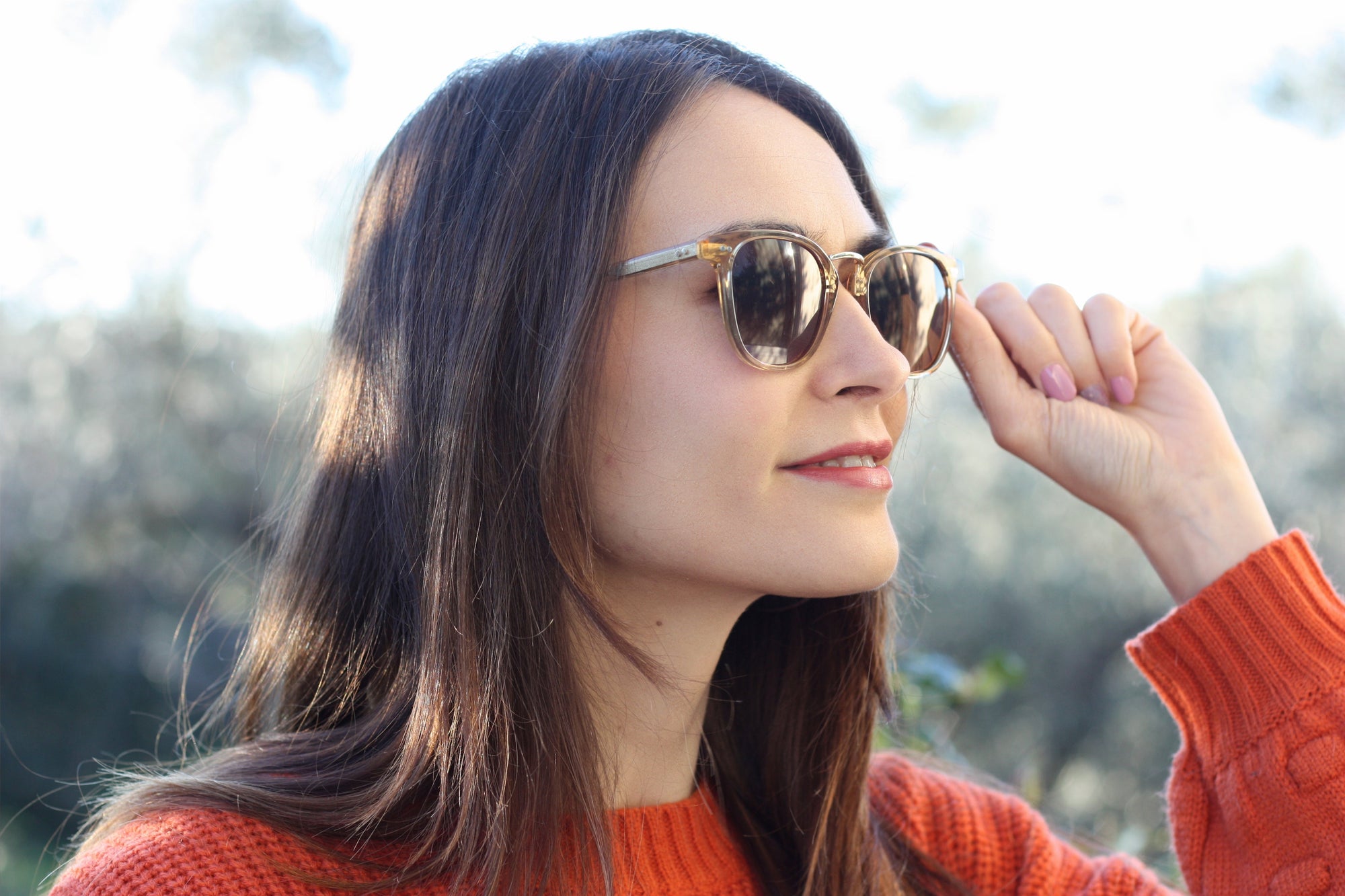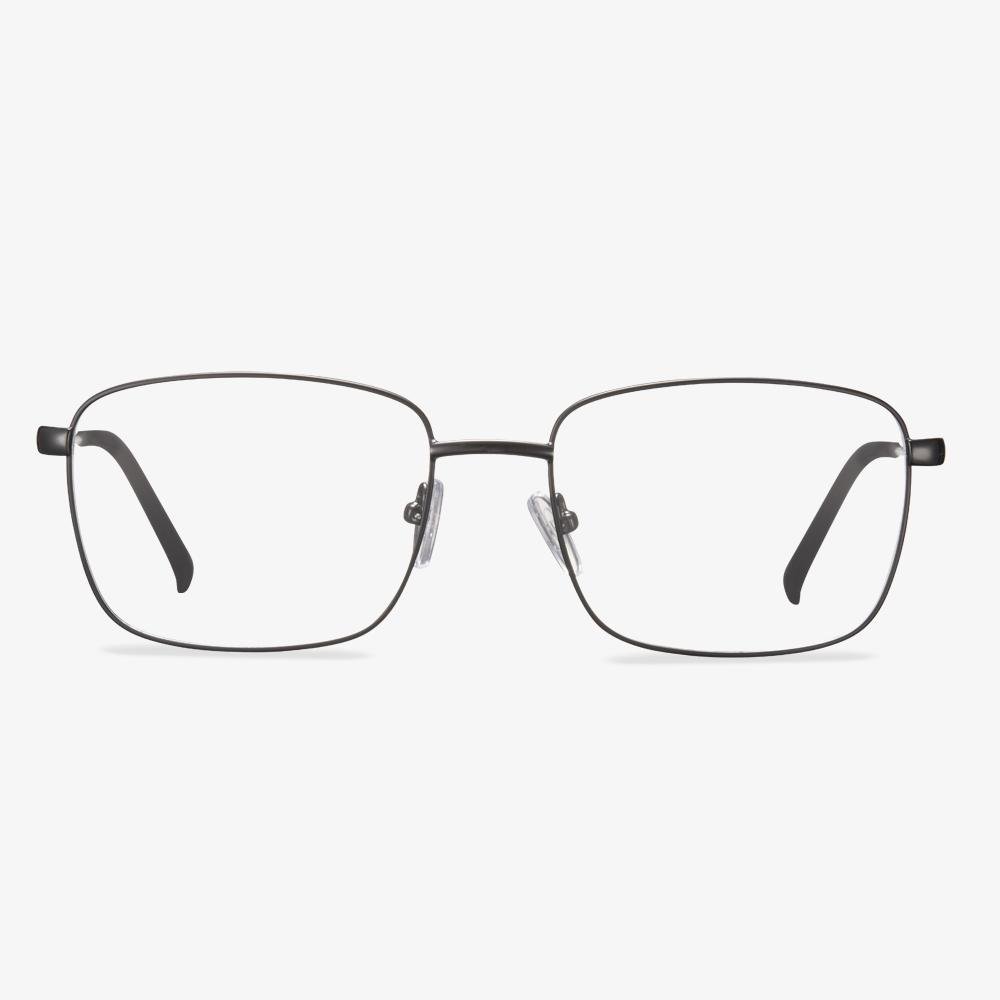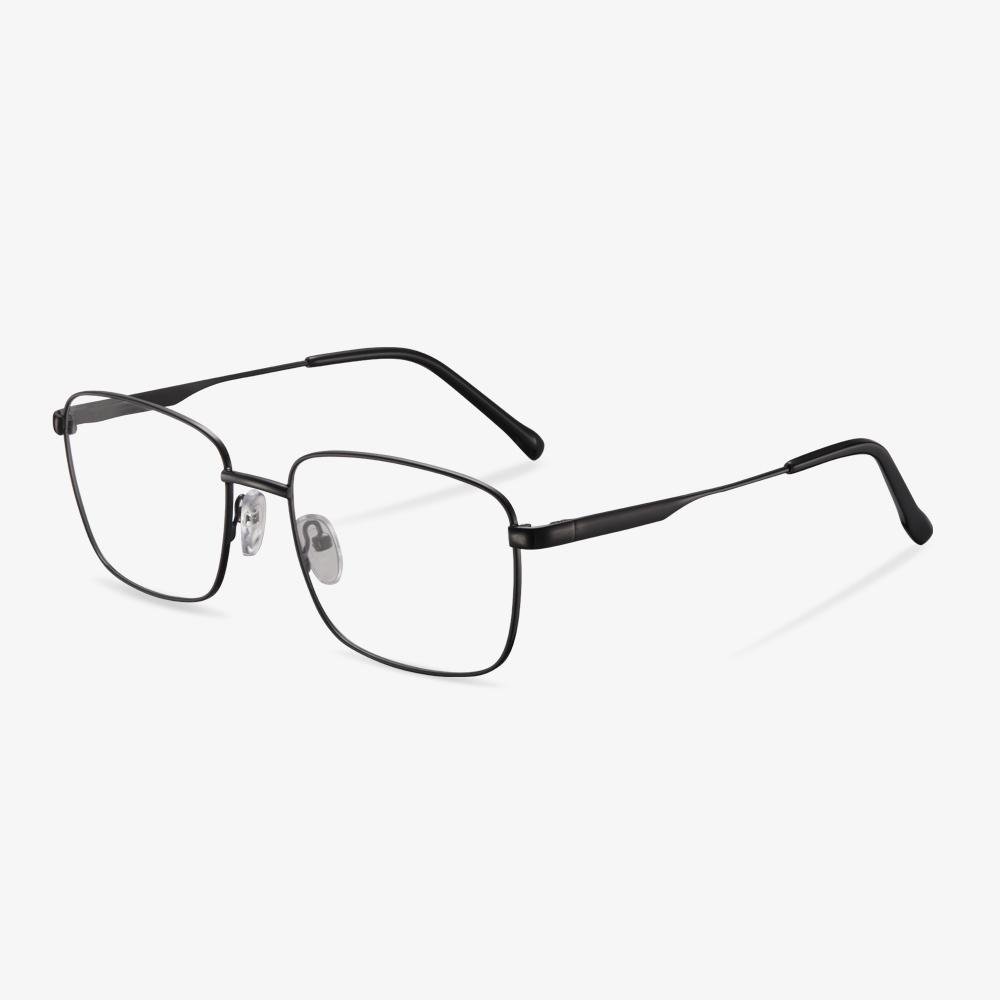Suggestions for Using Varifocal Glasses
If it is difficult for you to get used to the new varifocal glasses, here are some suggestions for you.
1. Wear the varifocal glasses consistently so as to let your brain learn how to use them.
2. The most common accident is tripping when getting used to new varifocal glasses. So, you can mix up your routine to keep your brain active and prevent you from tripping up.
You can also ask those who wear varifocal glasses to give you some advice.
Why do you need to adjust your glasses?
After wearing glasses for a period of time, the frames will become deformed and loose. Due to the deformation of the frame, the wearer may experience blurred vision, dizziness, visual fatigue, and other symptoms, the glasses need to be adjusted regularly. And because the shape of each person's face and the relative position of nose and ears are different, you need to adjust your glasses according to your own features. To make wearing comfortable, glasses do not overpress the nose and ears. After wearing glasses, it is advisable to have no tenderness at the contact point and not to slide down the head frame. The frames have to be made fundamental adjustments after assembly to meet fundamental standards.
The design evolution of progressive lenses
Spherical and aspheric designs
The design of the front surface of the far-use area of the early progressive lens is similar to that of the ordinary spherical single vision lenses, so it is called a spherical progressive lens. Since 1974, the front surface of the far-use region of the lens is designed to be aspheric by designers, which not only reduces the peripheral aberration but makes the lens thinner, lighter, and less powerful.
Hard and soft design
For hard design, the channel is short, and the gradient is large. The near-use area position is high. The effective visual area of remote and near-use areas was larger. Peripheral astigmatism is relatively concentrated. Because surrounding astigmatism increases rapidly and the distribution is dense, the curve effect is more obvious. The gradient area is narrow. It is more difficult and takes longer for wearers to adapt.
Lenses with soft designs have slower gradients, longer gradients, and wider gradients. The angle of rotation of the eye from the far area to the near area is greater. It's easier to get used to. Compared with the hard design, the effective visual area of the far and near use areas is smaller, and the location of the near use area is lower.
Single, diverse, and individualized design
Initially, the progressive lenses used a single design, in which each basic curve was scaled equally and a luminosity combination was added within the range of its semi-finished lens blanks. The steepest base curve uses the same lens design as the flattest base curve. Lenses designers quickly realized that the overall performance of the lens could be improved by microcustomizing the lens design, leading to progressive lenses with multiple designs. This kind of design is called diverse design. By the mid-1990s, there was the emergence of individualized lens designs. In addition to using different gradients, these first individualized lens designs used steeper baseline curves with a slightly larger approach area to compensate for increased magnification and reduced field of view.
Symmetrical and asymmetric design
There is no difference between the left and right eyes in the symmetrical design of progressive lenses. As the eyes turn inward when they see near objects, the gradual gradient area gradually tilts to the nasal side from top to bottom, so the left/right progressive lenses should be rotated clockwise/counterclockwise respectively during processing. An asymptotic lens with left and right eye divisions is called an asymmetric design. The gradient is gradually and moderately inclined to the nasal side from top to bottom. The refractive force, astigmatism, and vertical prism of the two sides of the left and right gradient of the asymmetric design lenses are basically similar. At the same time, considering the characteristics of eye movement parameters in binocular vision, the peripheral aberrations of the corresponding positions of the left and right lenses were appropriately balanced to improve the visual effect of the wearer.
Do You Need Long Distance Glasses?
If you are struggling to see things at a distance, you may need a pair of glasses for distance to correct your vision. The symptoms of myopia might include sitting closer to the TV, headaches or eye strain, or rubbing your eyes more than usual. And you can click here to know more symptoms.
If you are over 40 and currently wear glasses for distance vision, you might need to update your lenses at some point to cater for presbyopia, which is an age-related condition whereby your close-up vision can begin to deteriorate.
So, the glasses for distance would be very important for those people who have nearsightedness. If the eye doctor advised you to wear glasses for myopia, you need single vision lenses. This means the lens has one dioptric power throughout, optimized for distance in this case. If you have developed presbyopia, you may need to wear a pair of varifocal glasses to correct your vision.
Should I buy prescription glasses online?
Selecting reputable sellers for online shopping glasses is the key to ensuring quality. If you are worried about the quality of online shopping glasses, my suggestion is to choose a reputable, high-quality seller. Usually, online shopping will have an evaluation section. Therefore, you can also refer to the evaluations of other consumers. In addition, by comparing products of the same price, choose the most cost-effective one.
Who should wear low bridge glasses?
According to the website of the American Optical Association, low-bridge glasses are for people with a low bridge of the nose (when your nose is at or below the pupil level), a wide face, or high cheekbones. This pair of glasses fit anyone with a low nose. If you have a tall bridge, it's great to have a bridge near the eyebrow line. If you have a low bridge of the nose, a more curved brow or a lower bridge of the nose frame is a better choice. Because the dimensions of the bridge are measured from the inside of the frame, a thick-sided frame with the same bridge dimensions and a very thin frame will not fit. It may actually be too small. Because it allows for extra edges.
Blue light blocking glasses lenses and common glasses lenses have different colors.
The real blue-light-blocking glasses should be yellow. Based on the primary principles of optics, the light reflected from the lens is the light that resists the same color as it. As the name indicates, blue light is to prevent the reflection of blue light. Remove blue light, and all the red, yellow, blue, and green in visible light is yellow.

















